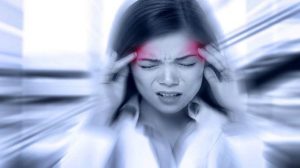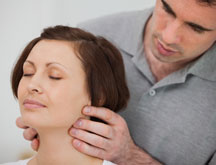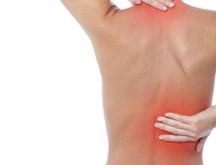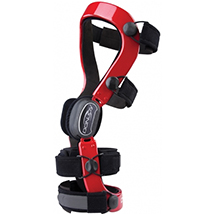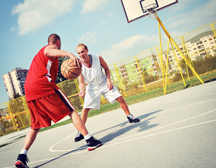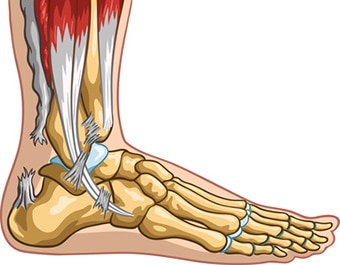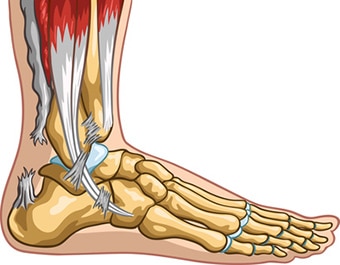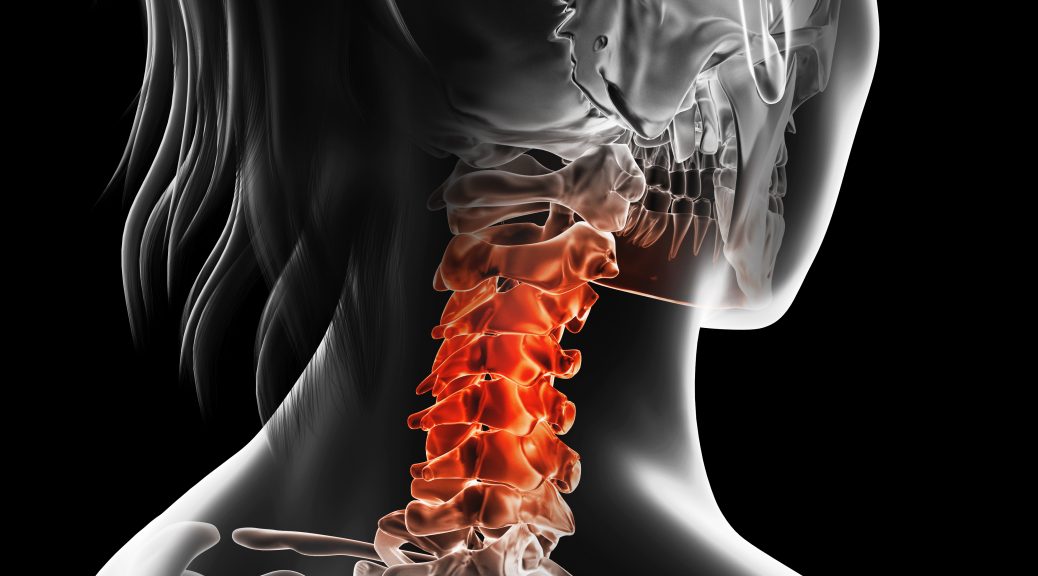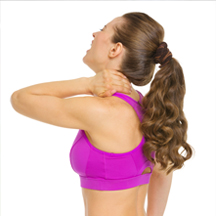What is Migraine and how does it feel?
Migraine is type of headache which radiates to jaw, eyes, one of face and neck and shoulder sometimes. It can cause throbbing and severe sensations on your one side of face including jaw and eyes and forehead. Sometimes, it is accompanied by other symptoms like pressure in back of head, pulsating sensation on face, sensitive to noise, light, nausea and vomiting. Migraine management is of utmost important from the time you start experiencing it.
Symptoms:
Migraine attacks are long lasting depending on the patient. It can vary from hours to days. Sometimes, it is severe enough to interfere in your daily life and work life.
Sign and symptoms:
- Pressure/tension in different area of head, usually in back of the head
- Difficulty in Concentration
- Nausea and sometimes accompanied by fever
- Vomiting
- Sensitive to noise
- Sensitive to lights
- Flashes on face
- Visual disturbance like blind spot or flashes of lights
- Usually chewing disturbance when jaw is involved
- Tingling and numbness o face
- Mood changes
- Diarrhea
What is Aura?
Migraine starts from some basic symptoms slowly about 15-20 minutes and then lasts for days. However. it usually involves the nervous symptoms first and one after another involves other systems like vision, jaw and teeth, shoulder and neck. Also, starts having visual disturbance like sensitive to screen, wet eye, etc.
– Lock jaw means difficulty in opening jaw
– Sleep disturbance
– Reduce range of motion in neck
– Pressure on back of head
– Ringing in ears
– Feels heavy arms and shoulder
How it starts?
Migraine usually starts with aura and then gets symptoms more severe. It usually begins with dull pain and radiates to face or head and become severe. It gets worse with physical activities. Majority of people usually has nausea, vomiting, fever and mild headache. Migraine can last from 3-5 hours to 3-4 days. It is very common to get migraine stacks once every week or 2-3 times every month.
Causes:
There is not any specific cause for migraine. Migraine headache is one of the symptoms. However, there are some risk factors which could impact migraine like,
– Posture
– Stressful environment
– Sleep disorder
– Desk worker
– Sex: women tend to have more episodes of migraine than men
– Family history: person who has family history of migraine, they are more prone to have migraine attacks.
– Medical conditions such as anxiety, depression, sleep disorder
– Skipping meals
– Caffeine
– Hormonal changes like menopause, menstrual cycle
– after heavy and strenuous physical activities
– change in weather
– Cervical spine derangement
Types:
Following are some common types of migraine. Most of them starts with its Aura.
Tension migraine: Person who has stiff neck and cervical spine derangement could have tension migraine. Sometimes it radiates to neck or mid back.
Menstrual Migraine: It triggers when female is having her menstrual cycle.
Vestibular migraine: Patient has ringing in ear, loss of balance, dizziness while change in positions. Also, patient feels nausea, vomiting, lethargy.
Ophthalmic migraine: In this type of migraine, mostly, accompanied with temporary loss or disturbed vision, wet eyes, concentration disturbance and sensitive to screen.
To know in details about migraines and its type visit this link https://www.webmd.com/migraines-headaches/migraines-headaches-migraines
Migraine management?
There are some researches on migraine management as its cause varies patient to patient. However, based on patient’s symptoms, Physiotherapist will recommend line of treatment. Also, Physiotherapist help you to assess your posture thoroughly and provide relevant treatment. Following are some basic advice or line of treatment for migraine:
Exercises for migraine management:
- Firstly, posture correction: Try to sit upright and avoid forward head posture. As a result, your brain gets enough blood supply for its functions and gets less fatigue. Also, Work on your neck and thoracic spine muscles to keep your posture upright. However, strengthening and stretching exercises for back paraspinals will help maintain proper posture. Try to avoid forward head posture and keep your neck and neutral and straight position. Try to use back support and ergonomic chair to keep your posture straight.
- Secondly, eye exercise: Working on desktop most of the time of the day makes our eye muscles weak. Contact your physiotherapist for better assessment and figure it out which exercise will make your eyes healthier.
- Lastly, sleeping position: Most of the episode of migraine starts since patient wakes up in the morning. One of the causes would be neck position while sleeping.
Therefore, contact your physiotherapist for better advice on your sleeping posture and sleeping pillow.
Home-education for migraine management:
- Most importantly, manage your screening time. IT profession and one who work on desk mostly, they have to manage their screen time and break time. Try to take few minutes break every 3-4 hours to give relaxation to your eyes and brain. Also, Keep your work station ergonomically correct which will enhance your productivity for your work.
- Moreover, try to take 7-8 hours deep sleep. It will provide relaxation to your brain and makes it ready next day to work again with best capacity.
- Lastly, also avoid skipping your meal. Try to have your all meals on time. Because our body needs carbohydrates on regular time for better work. Our body has set up its biological cycle to have source of energy. If you skip meals, brain starts to get tired easily and begins sign and symptoms of migraine.
In conclusion, if you have a long history of migraines, seek help of highly skilled physiotherapist at PhysioNow. Book your appointment today.

